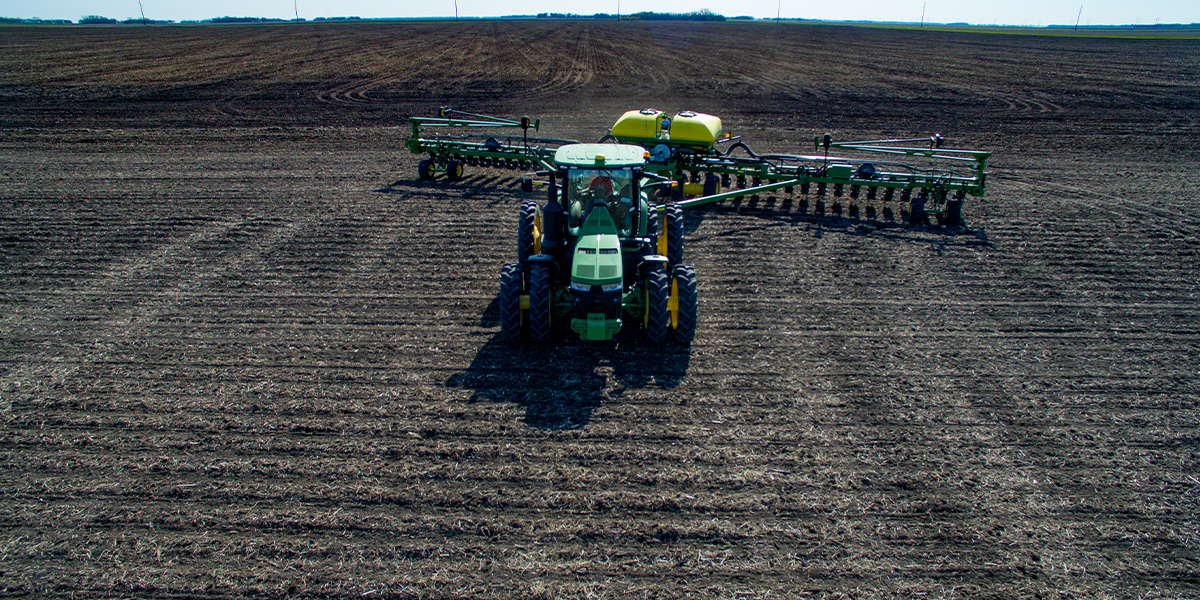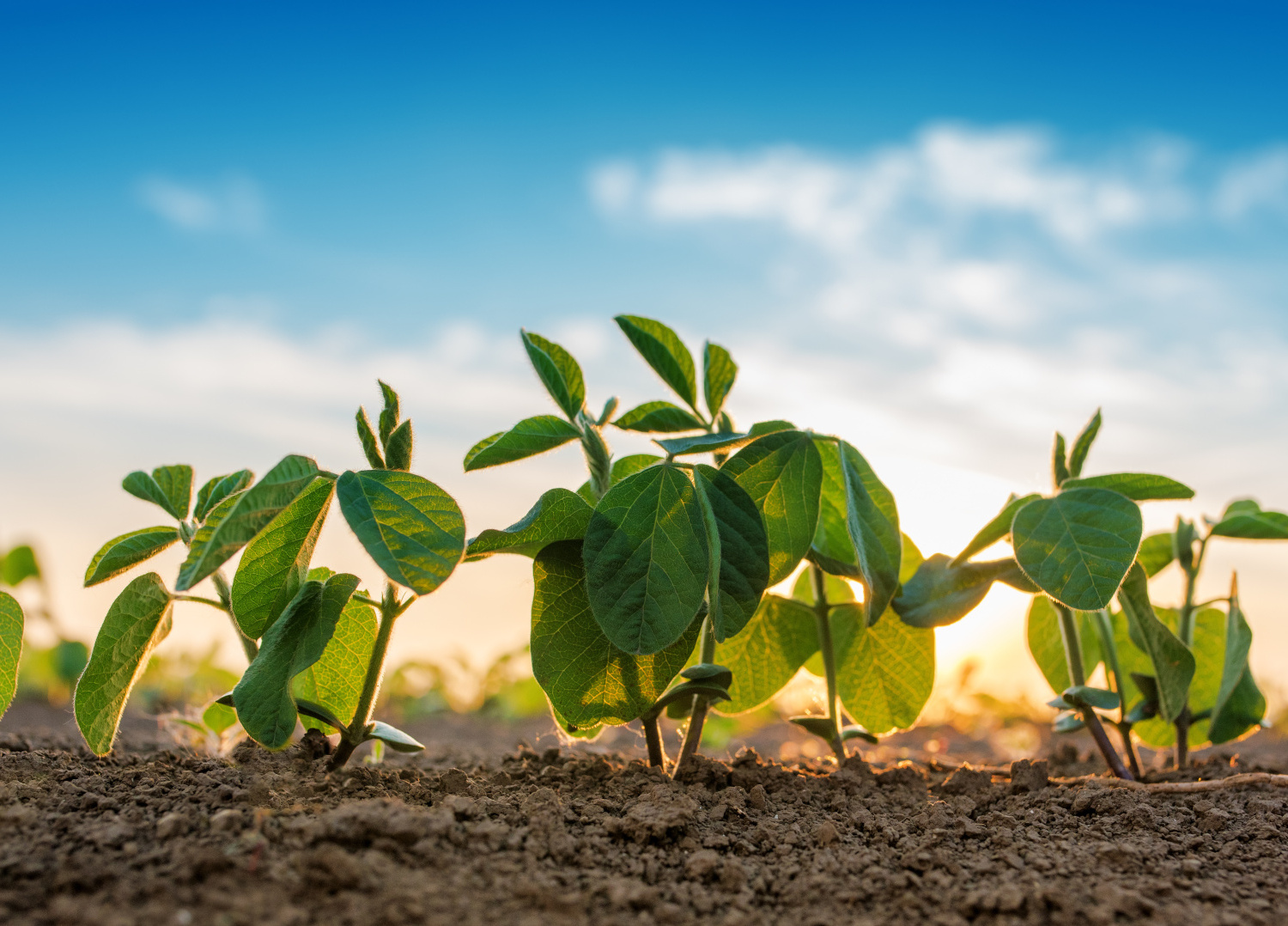
This regular feature provides an update of crop growing conditions from several farmers, along with happenings across the farm to ensure overall quality of their product.
Spring is in the air across the Upper Midwest.
Soybean growers in Minnesota, North Dakota, South Dakota, Nebraska and Wisconsin are full steam ahead with their spring field work for the 2024 growing season. Though Northern Soy Marketing (NSM) board member David Struck, who farms in South Dakota, hasn’t put any seed in the ground quite yet, he’s close to wrapping up fertilizer applications.
“We’re putting down both dry and liquid fertilizer,” Struck said. “We’re probably going to get rained out tonight, but we only have about 500 acres left, so it won’t take us very long once we get going again.”
Fertilizer application is a vital aspect of growing high quality U.S. crops. This year, on his corn ground, Struck is spreading urea, monoammonium phosphate and a blend of potash, sulfur and zinc; he’s also spraying a liquid fertilizer – 10 gallons of 28% urea ammonium nitrate. For soybeans, he’ll apply a monoammonium phosphate and potash blend as the seed is planted.
“We spread those nutrients so that they’re there for the crops when they come up,” Struck said. “We take soil samples in the fall to determine what to spread.”
Once Struck dusts off his planter, it’s off to the races.
“Give us 10 days, we can cover a lot of ground with the way modern equipment is,” Struck said. “Unless we get into a really rainy season, we’re sitting pretty good. We may have a few delays but we’re early enough that we got plenty of time.”
In Minnesota, NSM Director Glen Groth’s soybean planting marathon is well underway – he’s planted roughly half of his soybean acres.
“We’re early, if anything, on beans,” Groth said. “Even if there isn’t rain this coming weekend, we’ll get finished with corn in five to six days and we’ll be way ahead of schedule.”
Weather outlook
As the spring progresses, growers across NSM’s member states are hoping Mother Nature cooperates with them this growing season. With widespread drought-like conditions last year and minimal snow this year, moisture is a major concern for many farmers. Daryl Ritchison, director of the North Dakota Agricultural Weather Network (NDAWN), explains that winter precipitation is not as relevant as many people think.
“The average precipitation in the month of June is similar to the amount we get from November through March,” Ritchison said. “And, even if we would have had four to five inches of snow on the ground all winter, it would have all gone into the rivers anyway. Historically, snow doesn’t penetrate to the soil since the ground is frozen.”
Though there wasn’t a lot of snow across the Upper Midwest compared to other years, there was still precipitation.
“It was an incredibly wet winter,” Ritchison said. “As an example, Cass County, North Dakota, which is one of the largest soybean producing counties in the United States, had the second wettest winter on record. There would’ve been massive flooding with how wet it was but fortunately it all absorbed in the soil before the ground froze.”
Ritchison’s predictions for the 2024 growing season? He’s optimistic.
“I really don’t think it’s going to be dry,” Ritchison said. “My methodology for forecasting long-range weather is using analogs to look in the past for similar scenarios and what was the weather during those timeframes. In the past, when we’ve had similar conditions, especially in the Northern Plains, precipitation has been pretty close to average. So, to me, the year looks a little bit more promising than last year.”
All in all, farmers across the Upper Midwest are off to a running start and are optimistic about the quality and quantity of northern-grown soybeans in 2024.


